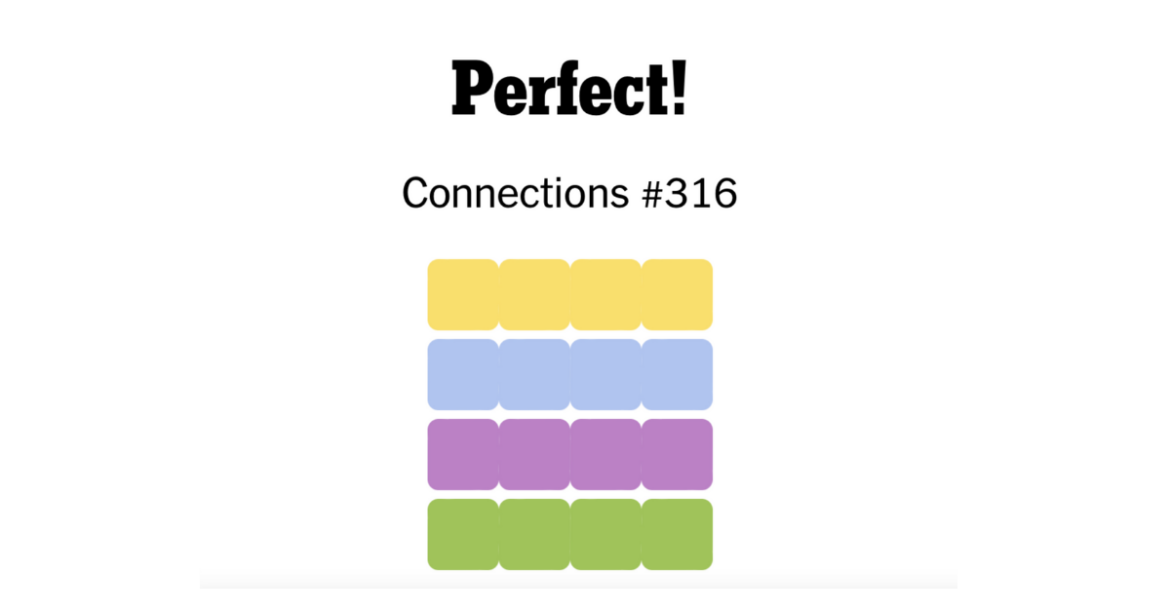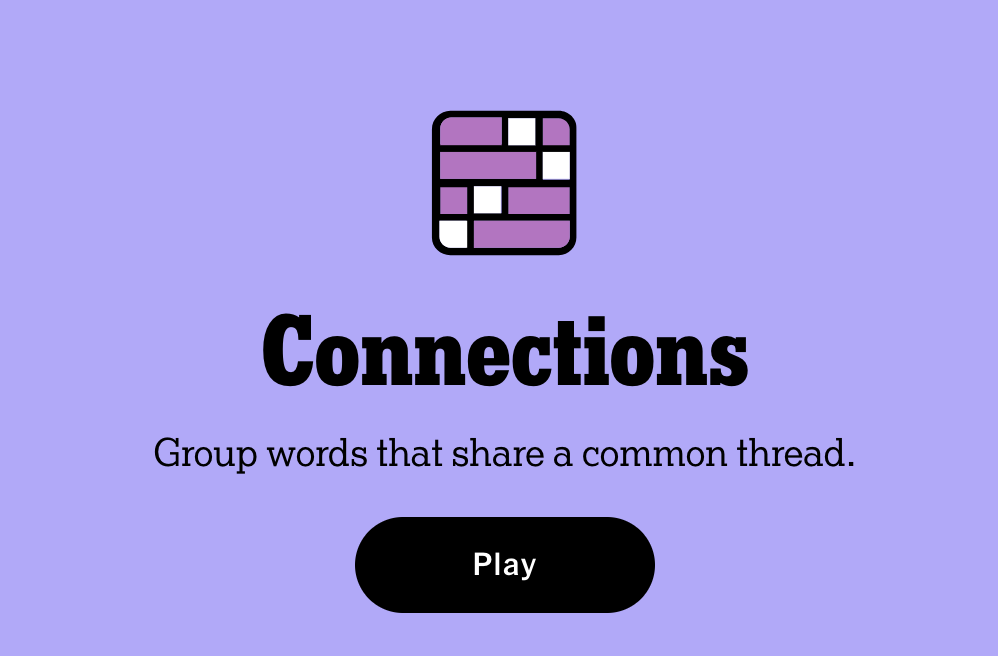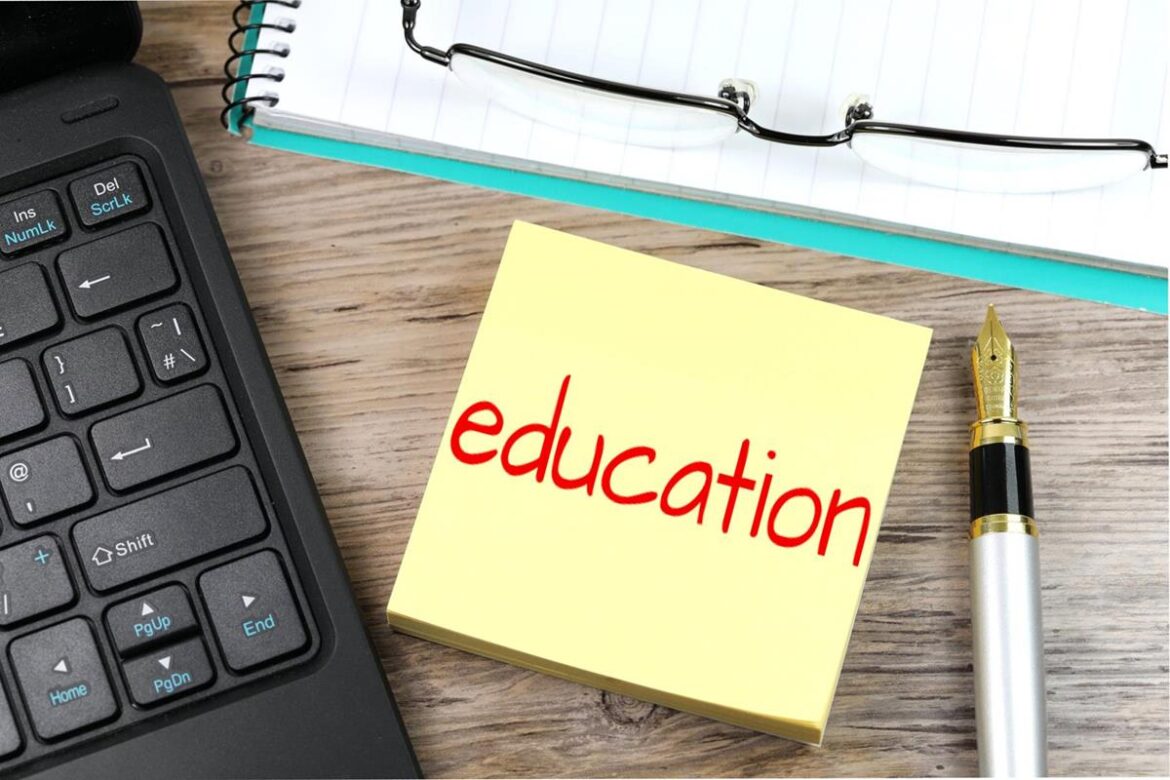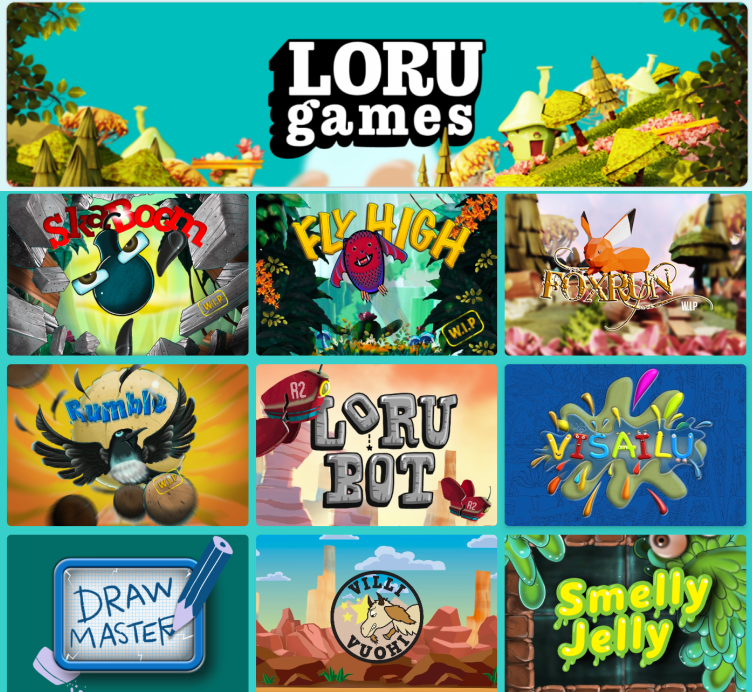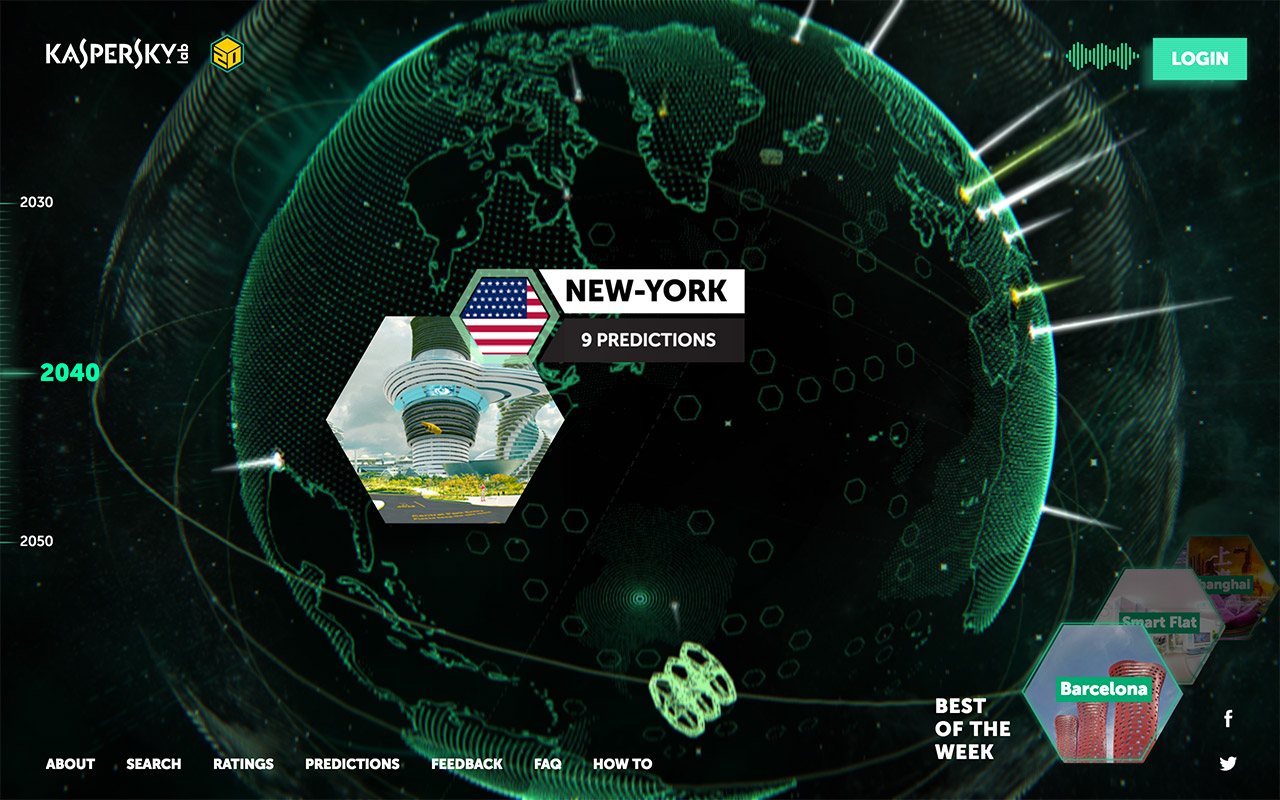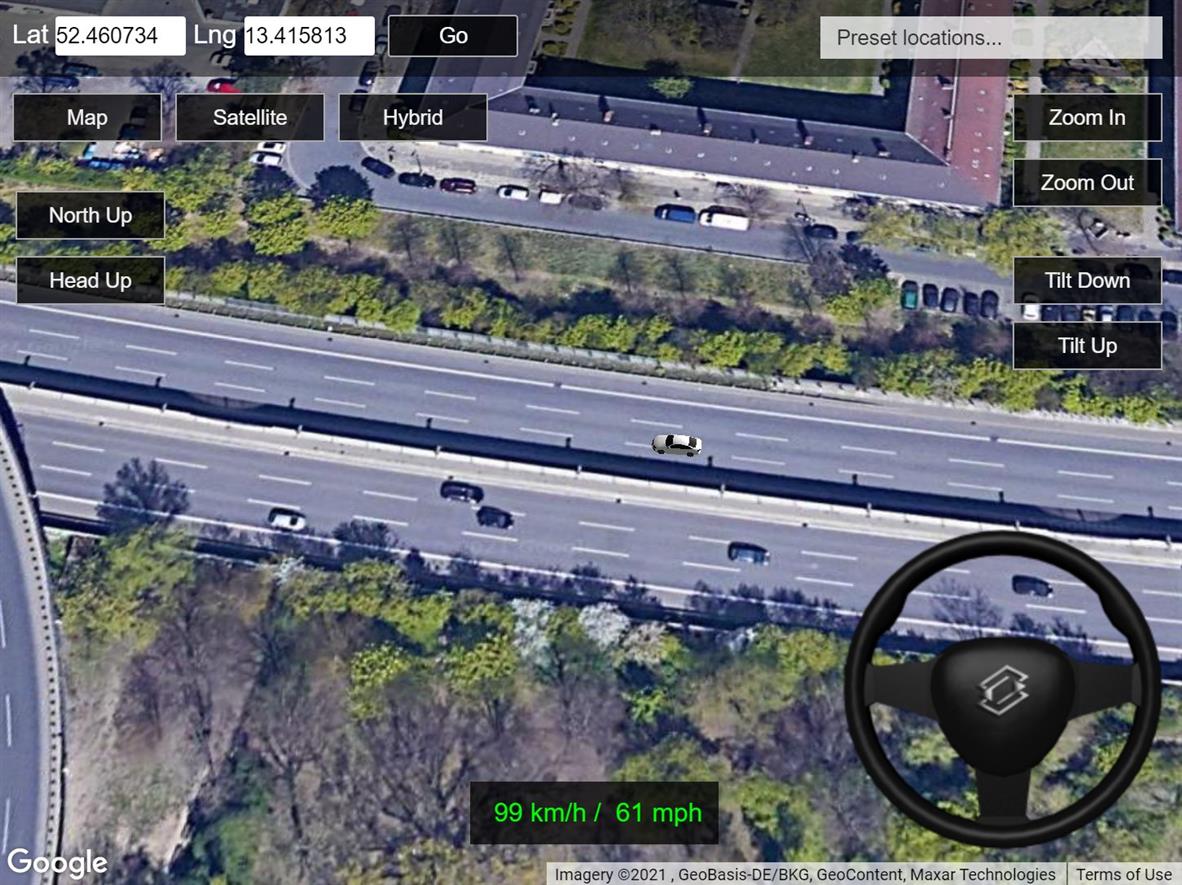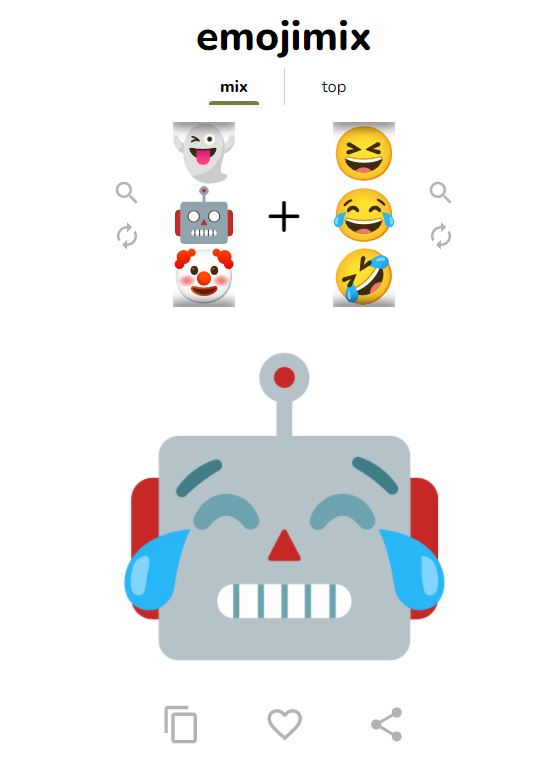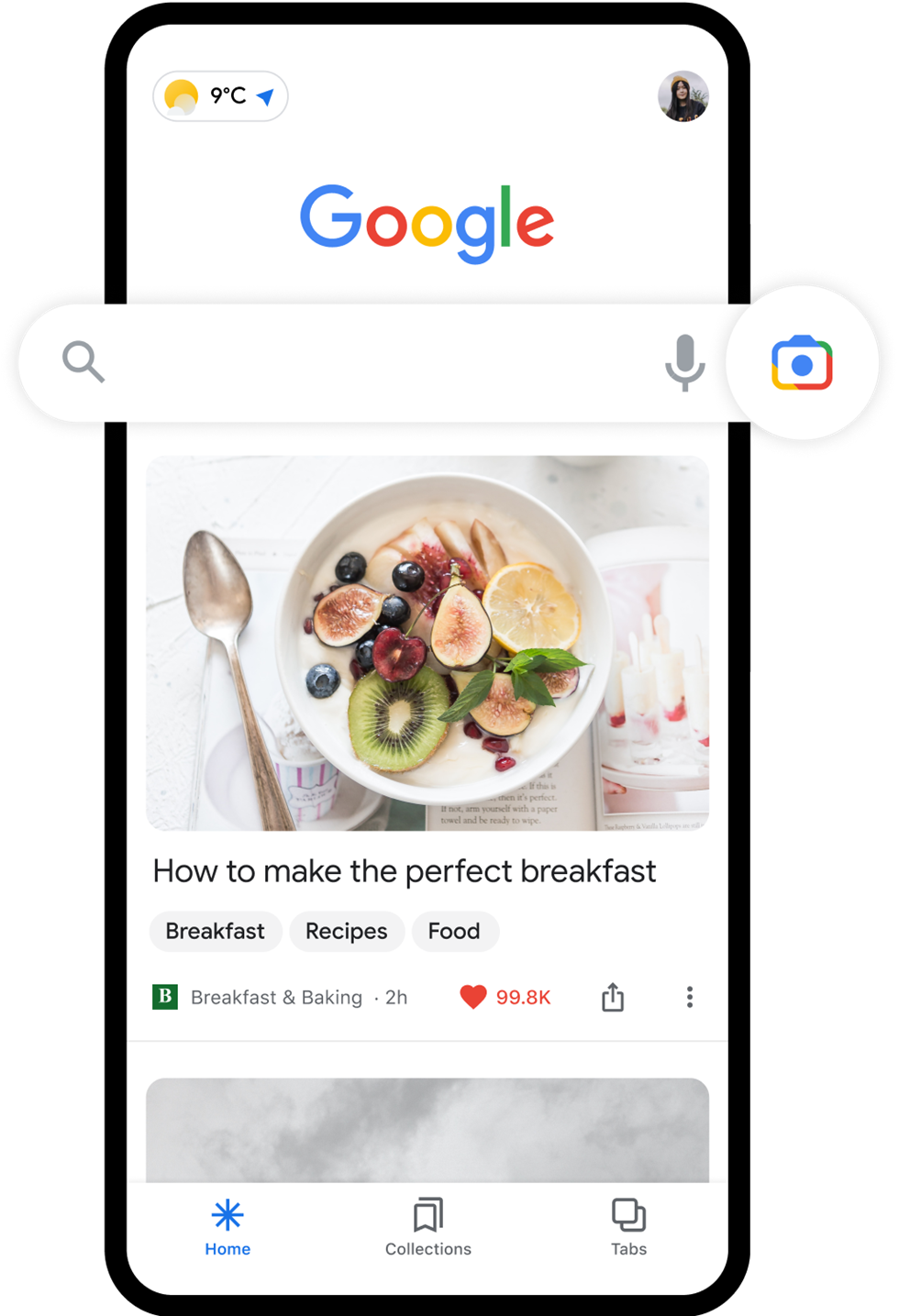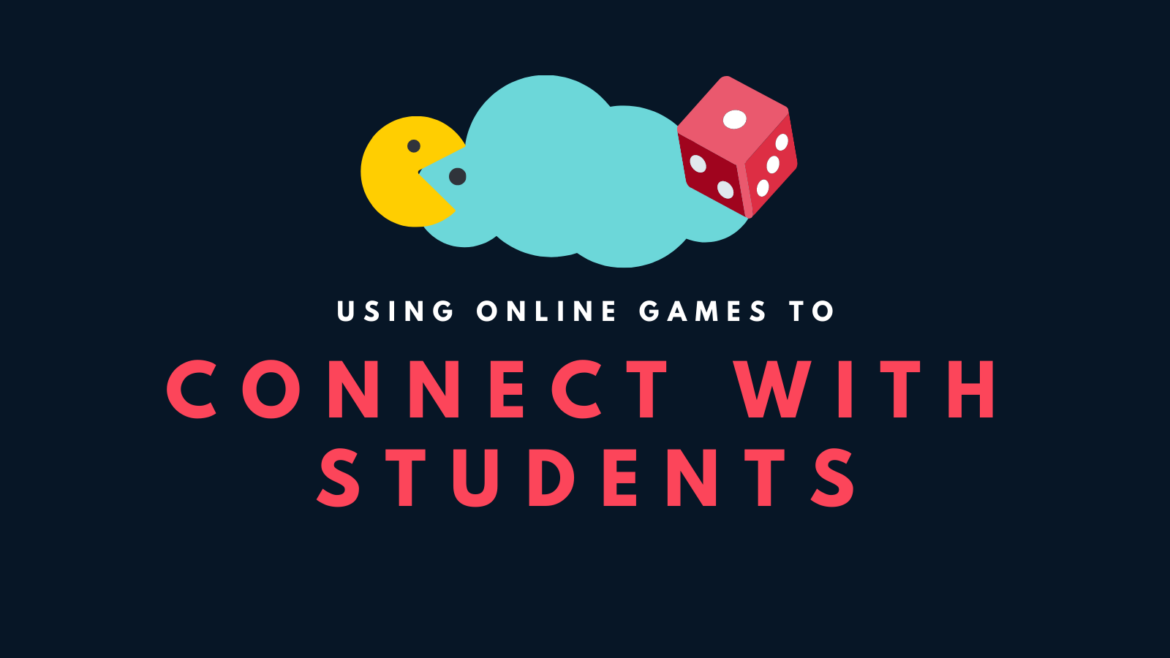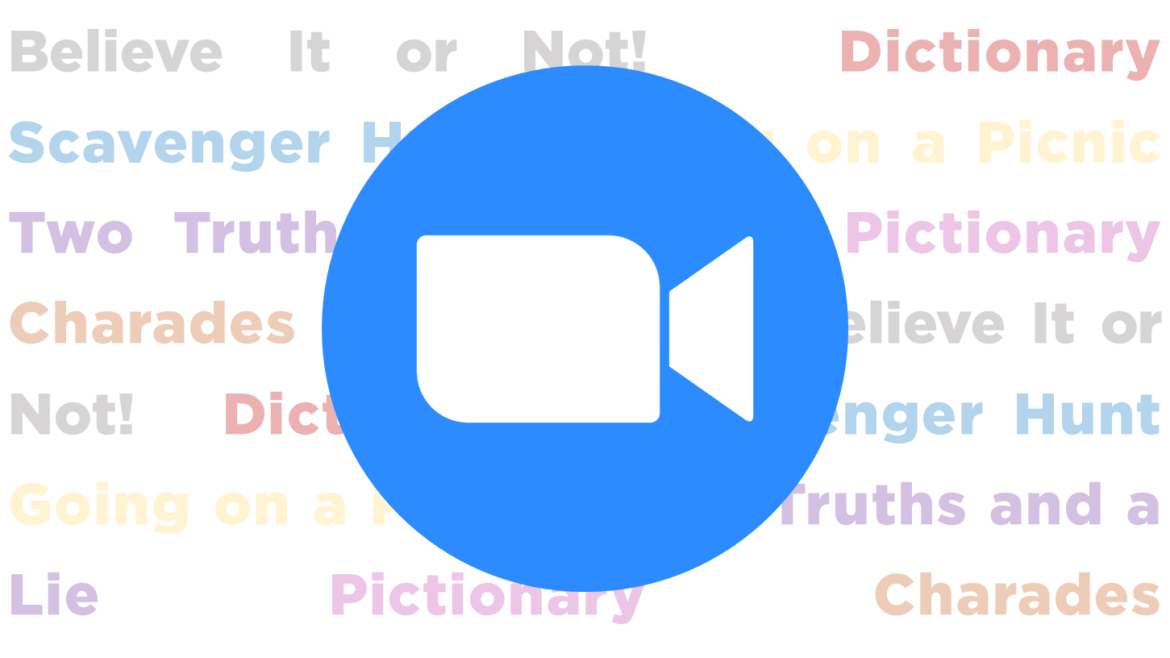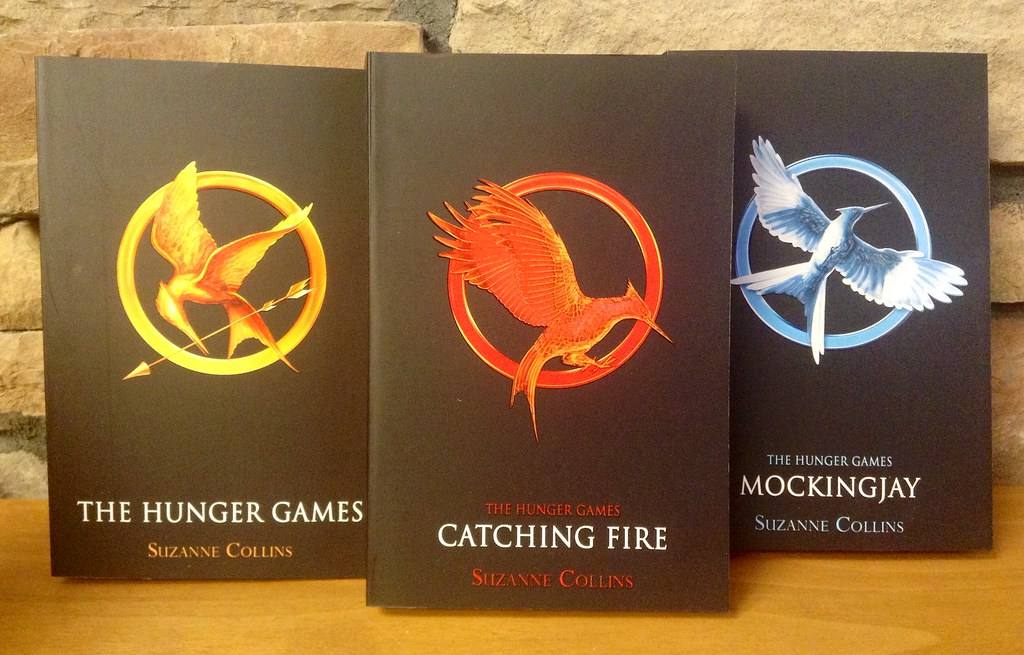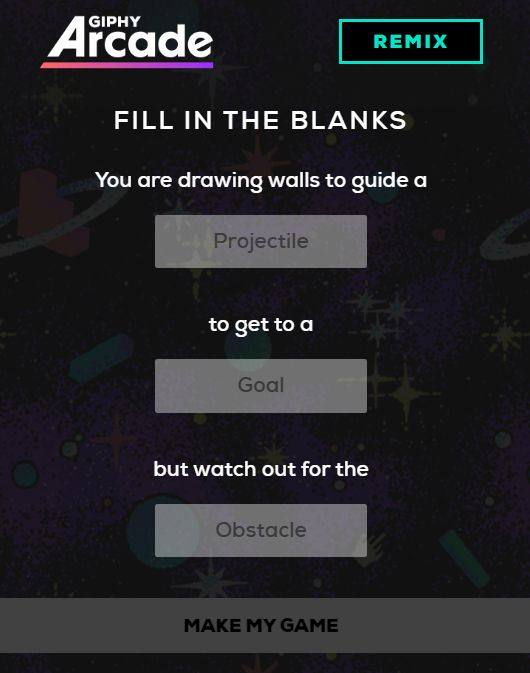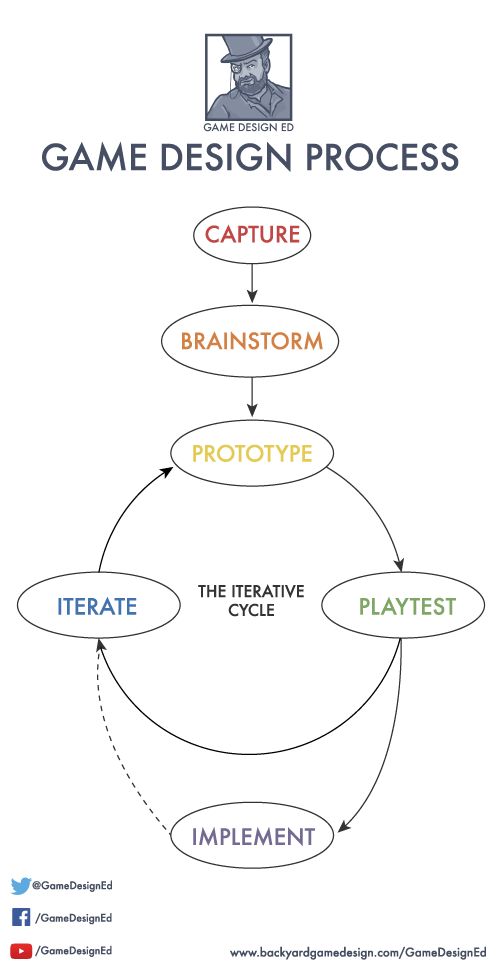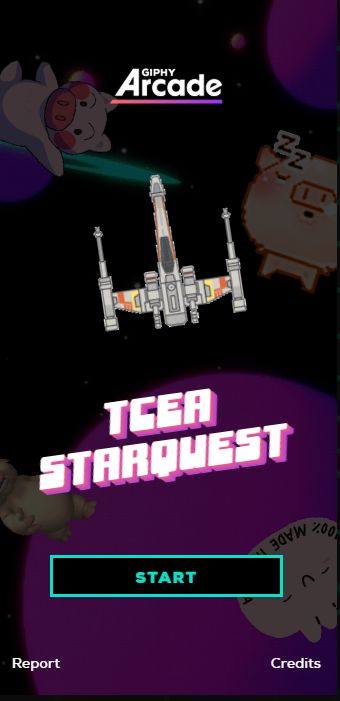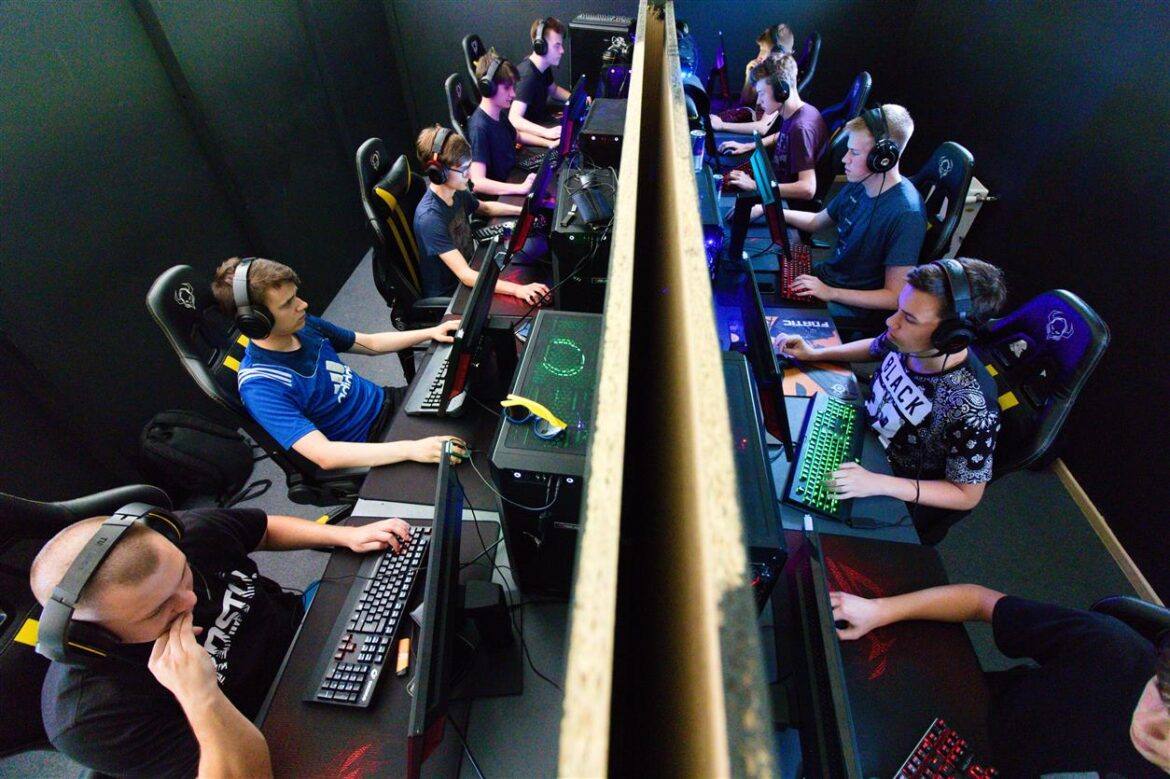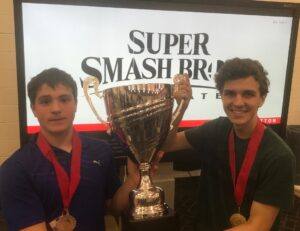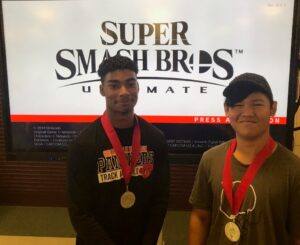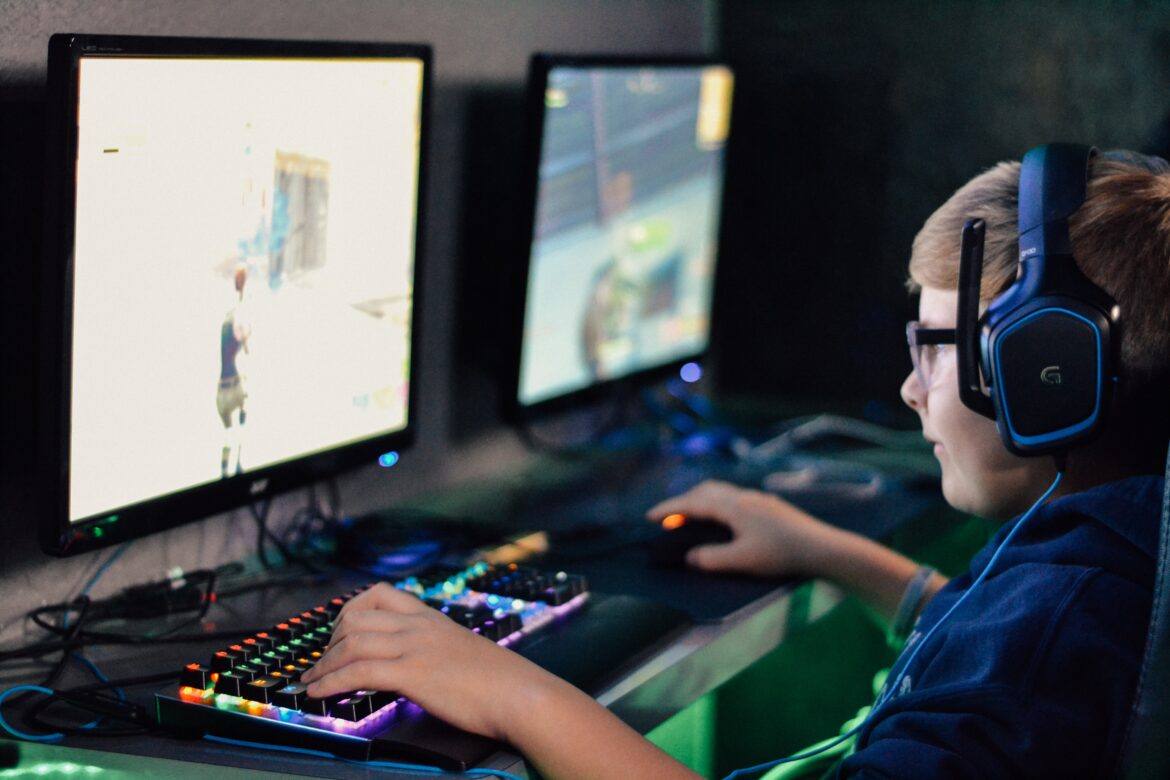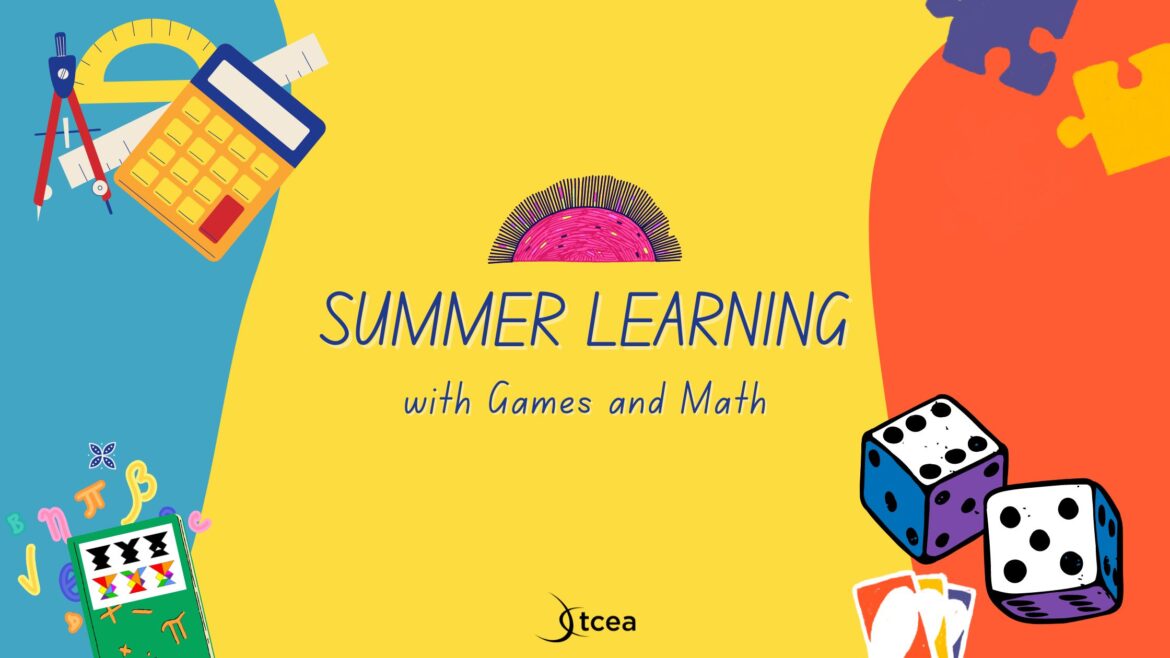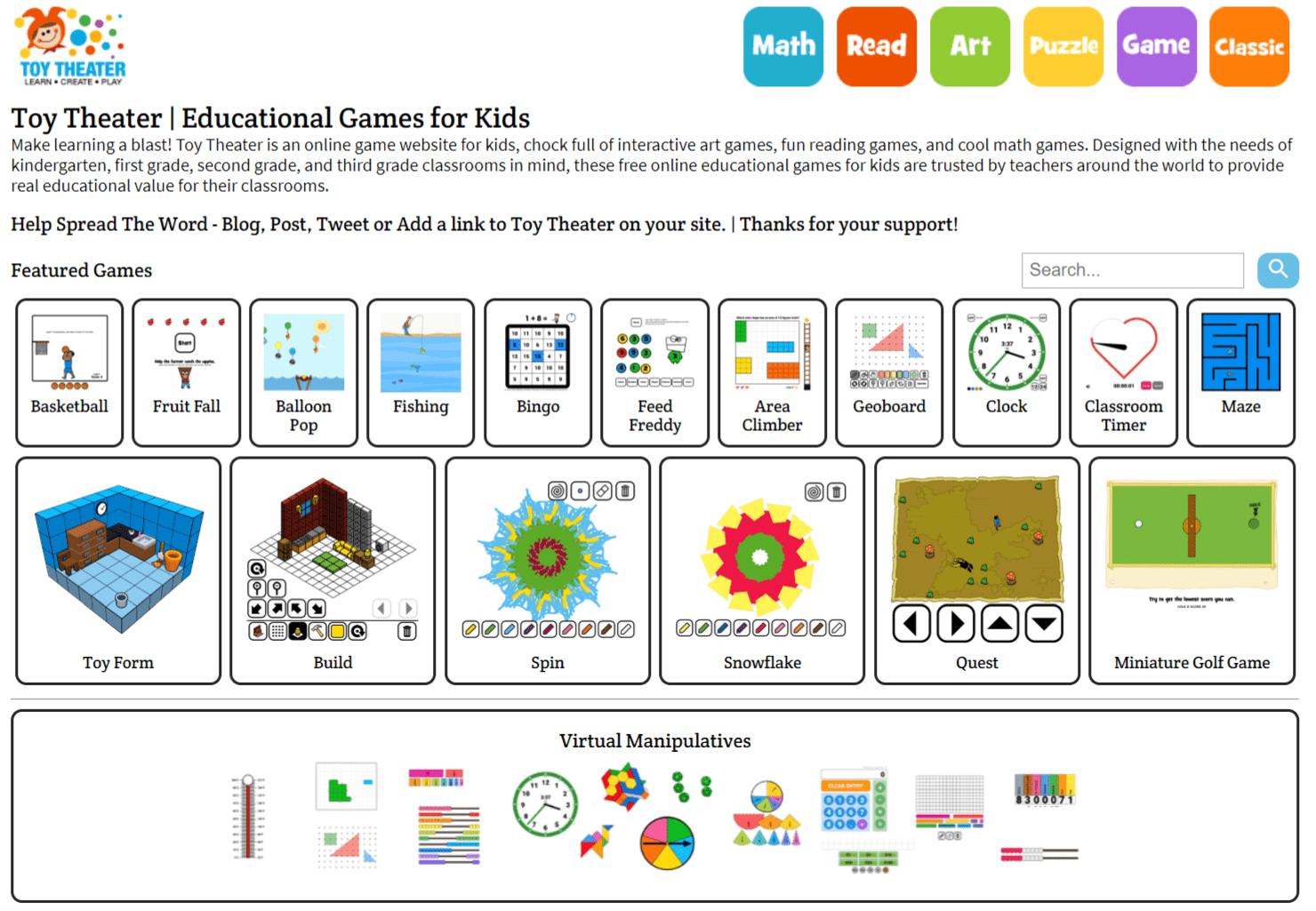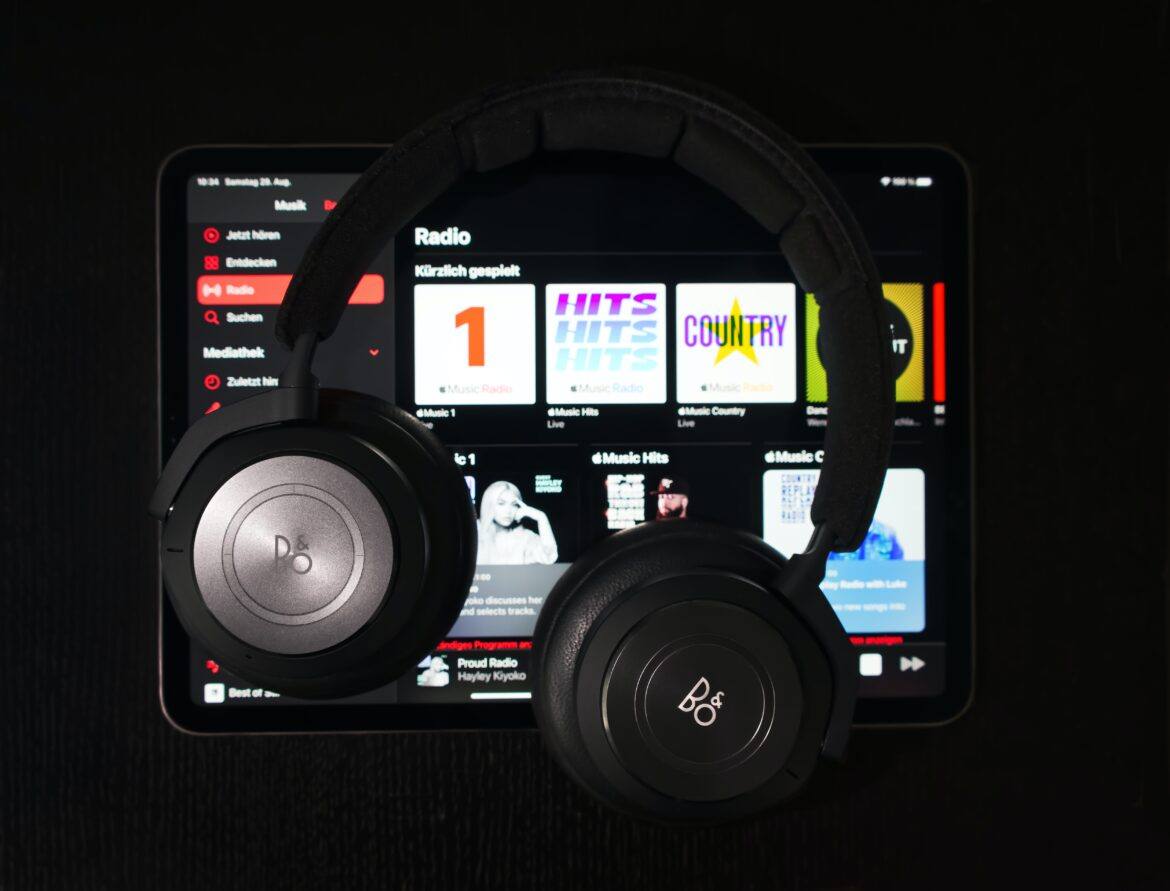Have you ever been addicted to a game and wanted to include it in your teacher toolbox? Well, Connections is my current game addiction. Hopefully, by now you have played this game! It’s the second most popular game from the New York Times. Are you wondering if Connections holds hidden educational potential? Well, the answer is: YES! And it can certainly engage your students. If you’re intrigued by the idea, or even if the concept is new to you, explore this one-stop shop for Connections as a versatile tool for the classroom.
What is Connections?
The granddaddy of all the Connections games started with the New York Times and the author is Wyna Liu. In this game, you organize 16 words into four categories of four words each. Each group is linked by a common theme. For example, you might choose the words cow, zebra, dalmatian, and panda. In this case, the connection might be “Animals that are black and white.” Words can be connected by anything, from starting letters to rhyming words to words that mean the same thing and more. There are usually some tricky words sprinkled in to throw you off. For the NYT Connections game, you are allowed to make only four wrong guesses before the game is forfeited. Each group is assigned a color which is revealed when you choose the four words correctly.
- Yellow – Easiest and usually straightforward
- Green – not immediately obvious
- Blue – Increased level of complexity but not as difficult as purple
- Purple – Tricky
Of course, all these descriptions are upended because success also depends on your ability to:
- identify patterns
- visual acuity
- logical reasoning
- strong vocabulary
- life experiences
You might wonder why I included life experiences on the list. The best way to explain this is to give you a few examples:
- If you could easily group “stick, jack, marble, and domino” together, you just might be a baby boomer, as these are parts of classic kids’ games.
- If “lab, peke, pit, and pom” stick together like glue in your brain, you probably are a dog lover, as these four informally identify dog breeds.
- Grouping “common, future, ice cube, and q-tip” together likely means you love rap music.
How can Connections benefit students?
Connections can be used in the classroom for students to practice an array of skills. Here are some ideas for the types of skills and concepts students can practice with this game:
Grammar and Mechanics:
- Verbs: Identify past tense verbs and specific verb conjugations.
- Nouns: Recognize different noun types (common, proper, singular, plural) or categorize nouns based on theme.
- Adjectives: Match synonyms or antonyms. Or match adjectives based on a specific theme (e.g., colors describing clothes, emotions describing people, ways to describe taste, etc.) or keep it general.
- Prepositions: Identify prepositions or match prepositions to their corresponding spatial relationships (e.g., above, below, behind).
- Pronouns: Teach different pronoun types (subject, object, possessive) or match pronouns to their antecedents.
- Prefixes or compound words: Words can be grouped by syllables. Compound words, or even words with the same root, can be identified. The sky is the limit!
Vocabulary Development:
- Synonyms and Antonyms: Find synonyms or antonyms for given words, helping students understand shades of meaning.
- Word Families: Build vocabulary by identifying words with the same root or base word.
- Figurative Language: Introduce concepts like similes, metaphors, or personification, matching examples to their definitions.
- Category: To build vocabulary, students can match words based on similar categories, such as shapes, colors, animals, professions, places (objects found at school, for example), and more.
Science and Social Studies:
- General Knowledge: Connect concepts from different topics, such as animals, plants, weather, history, geography, and government.
- Scientific Classification: Design puzzles where students connect terms based on scientific classification systems (e.g., kingdom, phylum, class, order, etc.).
- Historical Events: Make connections between historical figures, events, or dates.
Thinking Skills:
- Logic and Deduction: Create connections following a specific logical pattern or sequence. For example, the connection could be the number of letters in words, which vowels they each have, etc.
- Critical Thinking: Design puzzles that require analysis and reasoning to find connections between seemingly unrelated concepts.
- Problem-solving: Encourage creative thinking to find solutions and make connections within the game’s framework.
Now that you have some ideas for using connections with content, let’s explore some exciting digital resources.
Connections Resources for Teachers
1. Connections+
If you are late to the party and want to play the past NYT Connections, you should definitely visit Connections+. The website houses every game created starting with #1 on June 12, 2023. It is important to note that Connections+ is not affiliated in any way with the New York Times. This site is the ultimate site for Connections fans! It has three important pieces: the NYT Archives, Community, and Create, which allows you to create your own game.
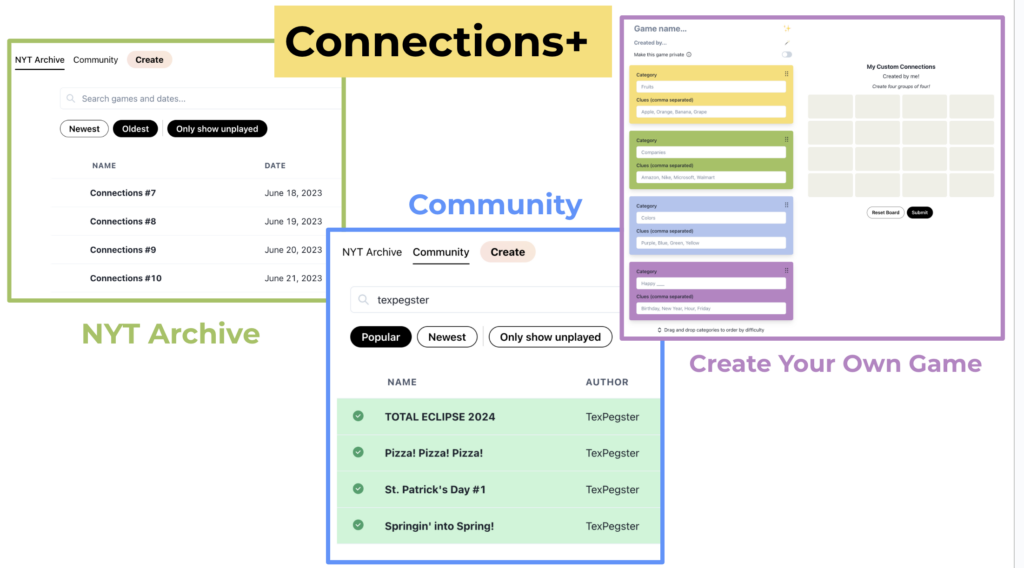
Yes, as if having the whole archive isn’t fabulous enough, you can create your own games in a flash. Just click on the pink create button. Enter a game name, the author name, the four category descriptions, and the four clues. You can make the game private or add your game to the Community.
2. Custom Connections
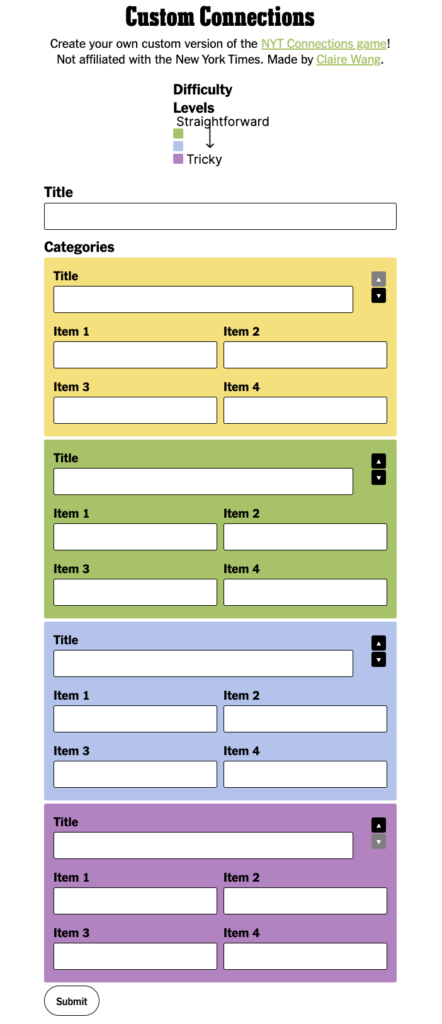
Custom Connections was created by Claire Wang. This is a very straightforward Connections game-maker site. You can title your game, and the colors match the official New York Times version. For each category, you will enter a title and the four items. At the bottom, you copy the game link to share with others. Bonus – if you make a mistake, you can update, and the link will still work.
3. Swellgarfo’s Create a Puzzle
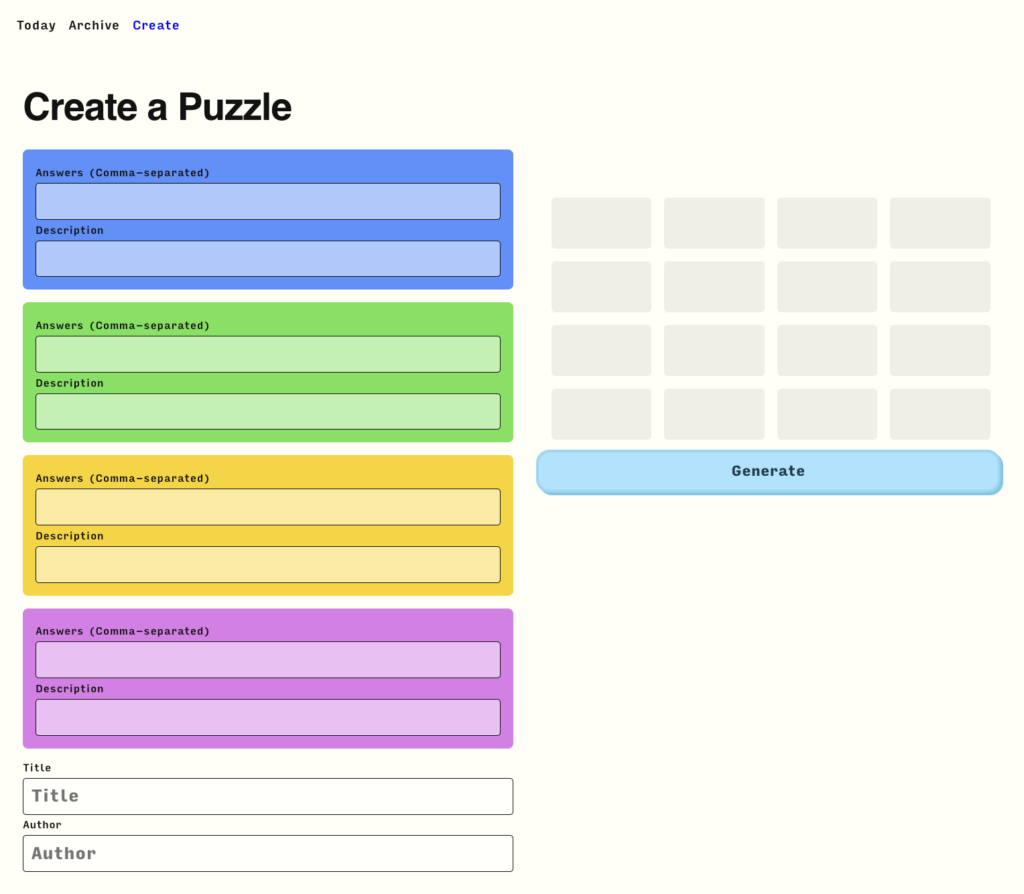
Swellgarfo.com offers a convenient online tool to craft personalized puzzles inspired by the New York Times daily Connections game. It offers the same basic setup as Custom Connections.
4. Flippity- Coming soon!
I also contacted Steve at Flippity.com. He has this feature on his Flippity to-do list. He let me know he is looking forward to the summer release of a connections-like puzzle maker!
5. Ready-to-Use Classroom Connections Games
I have started to make Connections games for the classroom! You can access my connections games on Canva or on the Connections+ Community page.
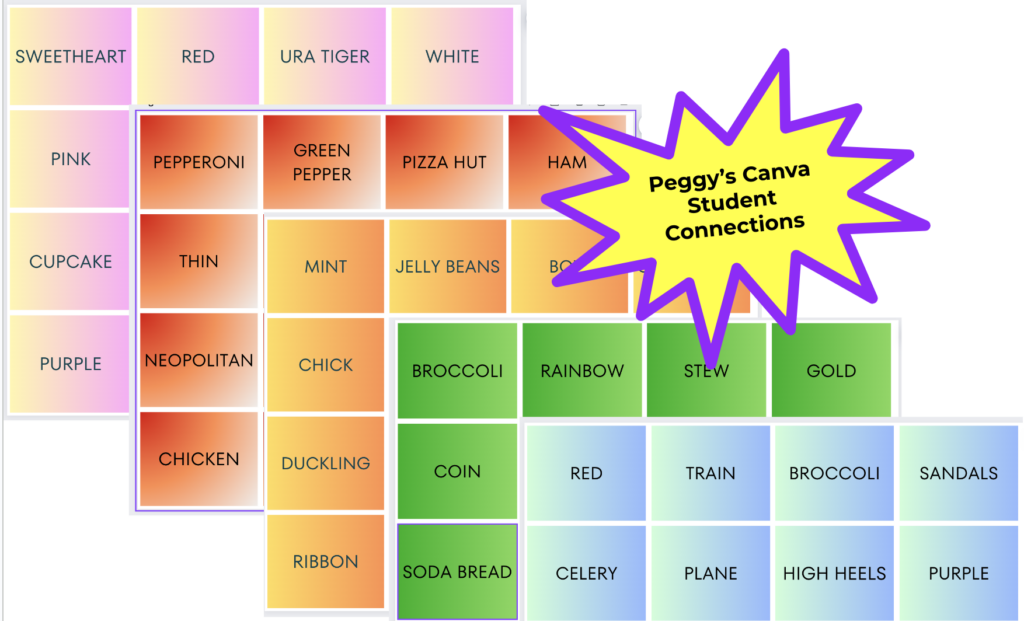
NOTE: Connections in Canva is not a digital game that automatically sorts the words into the proper categories; you must write the words on paper, arrange them into groups manually, and reference the answer key.
The New York Times Connections game may have started as a delightful distraction, but its potential for learning is undeniable! This versatile tool can spark critical thinking, vocabulary development, and even historical and scientific exploration in your classroom. Whether you’re crafting your own puzzles or using the wealth of online resources, Connections offers a fun and engaging way to challenge your students and ignite those crucial “aha!” moments.
So, the next time you find yourself captivated by a game, take a moment to consider its educational potential. With a little creativity, you can transform playtime into a powerful learning experience for your students. And if you or the teachers create your very own Connections game, send the link my way. I would love to try and solve it. Happy connecting!

